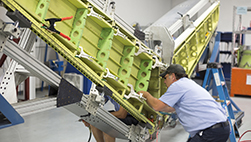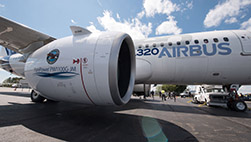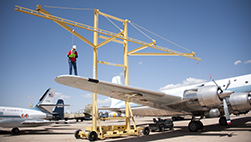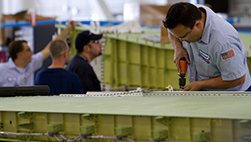by Andrew Drwiega
Editor-in-Chief
Aside from delighting motorists who have had a respite from escalating fuel costs over previous years, the current low in the price of oil has surprisingly resulted in many airlines getting back into profit.
“Airlines are making money through the low price of fuel. Airline employees getting pay rises for the first time in years and we are starting to attract people back into aviation,” said Jonathan Berger, vice president, ICF International who was addressing attendees of the opening conference at MRO Europe (18-20 October), in Amsterdam, the Netherlands.
Berger said that there was a commercial aircraft OEM production backlog of around 14,000 aircraft who are now focusing on rolling out new aircraft rather than fighting hard to sign up new customers.
However, cash rich(er) airlines also meant consequences for the MRO community. Airlines have quickly understood that the lower fuel costs have led to a reversal in aircraft retirement trends. “In the 1990s we were averaging around 200 aircraft retired, which escalated into the 2000s to around 400 aircraft retirees per year,” said Berger. “Now we are witnessing a 30 percent drop in retiring aircraft.”
Where the growing trend was to produce aircraft that could demonstrate improved fuel economy – and that is still important for airlines procurement policies in the medium to long term – Berger said that currently there has been a trend to keep older less fuel efficient aircraft in place as the low oil price allows them to keep returning a profit. The upside of that is an increased MRO spend on older airframes and engines.
But there is also a negative effect on the surplus market with a reduction of ‘feed stock’ parts for older aircraft. This is a benefit to distributors who can improve the sales margins on used part values and sales. Correspondingly OEMs also benefit from a up-kick increase in new part sales. So airlines are paying a premium out of their increase in revenues to keep those older aircraft in the sky.
Berger said that a good number of airlines are showing a return on invested capital (ROIC) which he said is clearly correlated with the drop in fuel costs stating a 20 percent drop in operating costs from the highs of 2008 to 2016.




